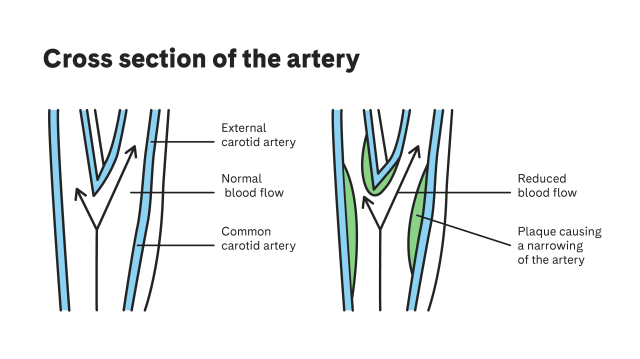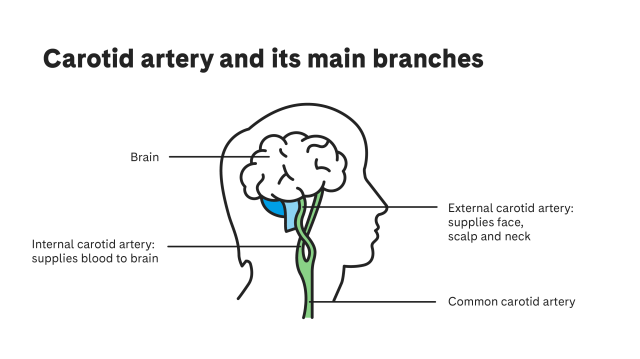Substantiated information by:

Daniel Gil
Vascular Surgeon
Angiology and Vascular Surgery Service

Vicenç Riambau
Vascular surgeon and Head of service
Angiology and Vascular Surgery Service

Xavier Yugueros
Vascular Surgeon
Angiology and Vascular Surgery Service
Published: 10 May 2023
Updated: 30 May 2023
Subscribe
Receive the latest updates related to this content.
Thank you for subscribing!
If this is the first time you subscribe you will receive a confirmation email, check your inbox
An error occurred and we were unable to send your data, please try again later.

